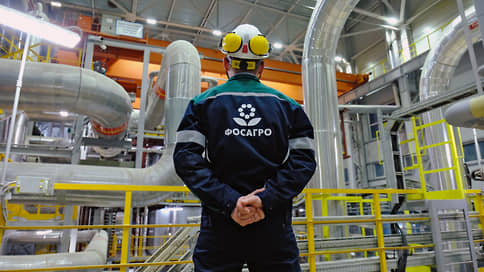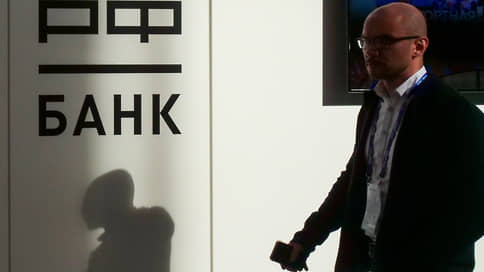Fosagro company showed good results in the first quarter of 2025

The first months of 2025 were favorable for Russian manufacturers of mineral fertilizers. Seasonal increase in demand and increasing prices for the main types of products allowed companies to increase both production and financial indicators. So, « Fosagro » (MoEx: Phor) increased the production of fertilizers by 3.6%, revenue – by a third, and net profit – 2.5 times. In the second quarter, market participants and experts expect to preserve positive dynamics, but note the negative effect of strengthening the ruble.
The largest in Russia manufacturer of Fosagro phosphorus fertilizers in the first quarter of 2025 increased the production of chemical products by 3.6%, to a record 3.1 million tons. According to the company, the main increase came on phosphorus fertilizers (NPS – an increase of 57.3%, MSR – by 20.2%), which is also associated with the access to the design capacity of the Volkhov production complex. The production of nitrogen fertilizers remained at the level of the same period last year – 672.3 thousand tons.
Fosagro revenue increased by 33.6% relative to the same period of 2024, to 159.4 billion rubles, which is mainly associated with an increase in sales of phosphorus fertilizers against the background of the restoration of medium prices in global markets since the beginning of the year.
EBITDA increased by 25%, to 48.8 billion rubles, the adjusted EBITDA indicator is 72.3%, to 65.2 billion rubles. The company’s net profit increased 2.5 times, to 47.6 billion rubles. Pure debt decreased from 325 billion to 263 billion rubles. Basically, by repayment of the release of Eurobonds by $ 500 million in January and strengthening the ruble. The ratio of pure debt to the EBITDA indicator was 1.41x.
In its reporting, Fosagro notes the seasonal growth of demand in the markets of Europe, North and Central America, China and the domestic market, as well as residual demand for urea in India. Prices for phosphorus fertilizers, which remained at a stably high level at the beginning of the year, began to grow by the end of the quarter, the company pointed out. The average price for ammophos (MAP) in the first quarter of 2025 amounted to $ 587 per ton on the FOB base of the Baltic, which is 14% higher relative to the first quarter of 2024.
In the segment of nitrogen fertilizers, volatility was observed. Seasonal demand in key Western markets, combined with additional demand from India, stimulated carbamide prices in the first two months, but in the spring, correction began due to an excess supply, the company pointed out. The average price in January -March was $ 364 per ton, which is 22% higher than a year earlier.
In the second quarter, Fosagro expects the growth of seasonal activity in the key markets of the southern hemisphere – India and Brazil, which already contributes to the growth of world prices, especially against the backdrop of export restrictions in China at the beginning of the quarter.
The head of the Rupec Dmitry Semyagin notes that in the first quarter, Russian mineral fertilizer manufacturers were able to earn in foreign markets thanks to favorable conditions and rising prices for the main fertilizer groups. So, by May, the price of MAP increased by 15% relative to January, by diammofos (DAP) – by 13%.
MMI also indicates an active price rally in the second quarter of the current year on the phosphorus fertilizer market: MAP quotes on the FOB base of the Baltic grew to $ 675–685 (an increase of $ 80 per ton by the end of the first quarter), DAP quotes were strengthened to $ 660–670 per ton (growth of $ 70). A similar dynamics is observed in the market of other phosphorus -containing fertilizers and raw materials, experts explain. Thus, according to the results of the quarter, one can expect the continuation of the active growth of Fosagro indicators, but the increase in world prices will be partially compensated by the strengthening of the ruble, MMI indicate.








